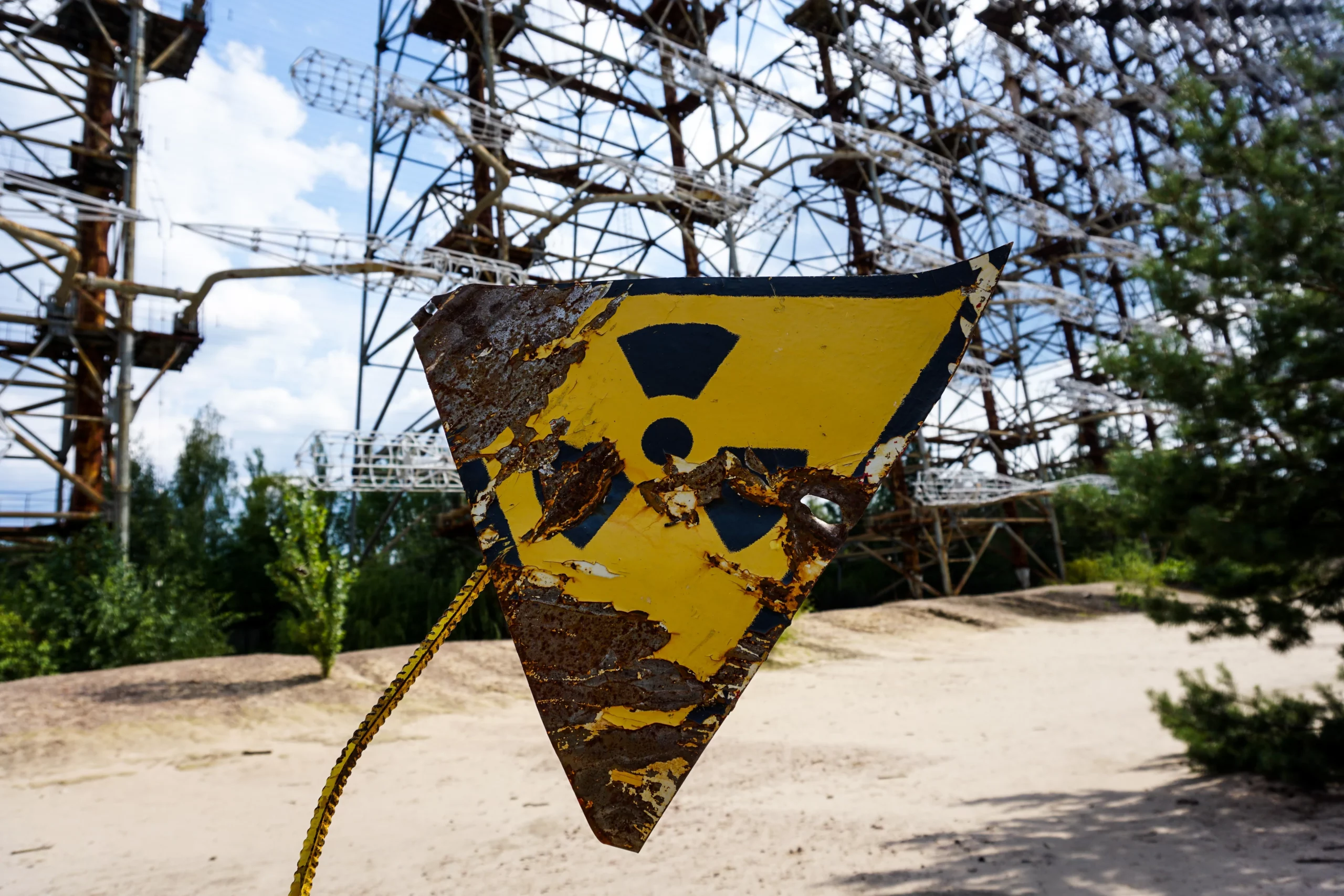
Ukraine’s Road to EU Membership: Navigating Geopolitical Challenges and Reforms
Gain insights into the ongoing conflict with Russia and the importance of sustained support. Read more for a comprehensive understanding of Ukraine’s European journey.

The recent destruction of the Kakhovka hydroelectric dam in Russia’s Kherson Region has intensified tensions between Ukraine and Russia, each side blaming the other for the incident. This blog post delves into the geopolitical implications of the dam destruction and the potential risks it poses, including its impact on the Zaporozhye Nuclear Power Plant and the ongoing conflict in the region.
Constructed in 1956, the Kakhovka hydroelectric dam suffered significant damage from a Ukrainian strike, causing nearly half of its spans to collapse. This resulted in extensive flooding in the region. Russian officials claimed that 14 settlements, with a total population of 22,000, were at risk, while Ukrainian authorities estimated 80 towns faced danger.
Kremlin Press Secretary Dmitry Peskov accused Ukraine of deliberate sabotage, suggesting the incident aimed to disrupt water supply to the Russian-controlled Crimea peninsula. Ukrainian President Vladimir Zelensky attributed the dam’s destruction to a Russian “terrorist attack,” accusing Moscow of staging a significant environmental disaster. Western officials, including European Council President Charles Michel, condemned the destruction of civilian infrastructure as a war crime.
Proximity to the dam raised concerns about the Zaporozhye Nuclear Power Plant’s (ZNPP) safety, relying on the Dnieper River for cooling. The International Atomic Energy Agency (IAEA) confirmed no immediate nuclear safety risk but noted a significant reduction in the reservoir’s water level. The ZNPP has alternative water sources to sustain operations for several months.
The dam’s destruction has immediate and long-term geopolitical implications, making military operations in the area challenging for both Ukraine and Russia. The Ukrainian Armed Forces retreated from contested isles along the Dnieper River, altering the conflict’s strategic landscape. The potential risk of further dam collapse adds to uncertainty and makes repairs impossible under current circumstances.
While the dam’s destruction doesn’t pose an immediate flooding threat to Crimea, there may be a decrease in the North Crimea Canal’s water level, a crucial water source. Sergey Aksyonov, Crimea’s governor, assured that local water reservoirs are at 80% capacity, minimizing the immediate impact on water supply. Efforts are underway to mitigate potential losses.
The destruction of the Kakhovka hydroelectric dam has escalated tensions between Ukraine and Russia, with each side blaming the other. Geopolitical implications extend beyond immediate flooding, raising concerns about ongoing military operations and potential destabilization. As the situation unfolds, it’s crucial for international actors to play a constructive role in de-escalating tensions and finding a peaceful resolution to the conflict.

Gain insights into the ongoing conflict with Russia and the importance of sustained support. Read more for a comprehensive understanding of Ukraine’s European journey.

Explore the path to resolving tensions and building a harmonious future for the nation.

Explore the pivotal moments and international responses shaping the War in Ukraine, revealing the resilience and challenges in a quest for peace.